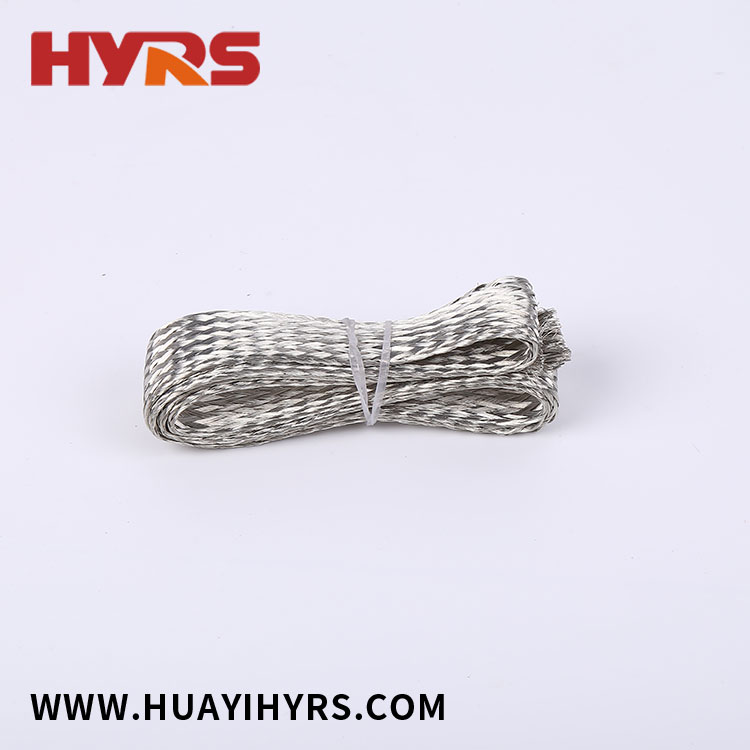Key characteristics of shielding earth braids include
2024-04-10
A shielding earth braid, also known as a grounding braid or grounding strap, is a type of electrical conductor used to create a low-resistance path to earth for electrical currents. It is commonly used in electrical systems, particularly in industrial and commercial settings, to prevent the buildup of static electricity, dissipate electrical surges, and provide protection against electromagnetic interference (EMI) or radio frequency interference (RFI).
Key characteristics of shielding earth braids include:
1. Conductivity: The braid is typically made from highly conductive materials such as copper or tinned copper, which offer low electrical resistance and efficient grounding capabilities.
2. Flexibility: Shielding earth braids are often flexible to allow for easy installation and to accommodate movement in the electrical system.
3. Durability: They are designed to withstand mechanical stress, vibration, and environmental factors, ensuring long-term reliability in various operating conditions.
4. Corrosion Resistance: To maintain conductivity and prevent deterioration over time, the braid may be coated or plated with materials that offer corrosion resistance, such as tin or nickel.
5. Braided Construction: The braided design enhances flexibility and allows the braid to conform to irregular shapes and contours within the electrical system. It also increases the surface area of the conductor, improving its ability to carry current.
6. Termination Options: Shielding earth braids are typically available with various termination options, such as lugs, terminals, or bare ends, to facilitate connection to other components of the electrical system.
7. Compliance: Depending on the application and industry standards, shielding earth braids may need to comply with specific regulations and certifications, such as UL (Underwriters Laboratories) or CSA (Canadian Standards Association) standards.
Applications of shielding earth braids include:
- Grounding electrical equipment and machinery to prevent electrostatic discharge (ESD) and protect against electrical hazards.
- Providing a low-impedance path to earth for lightning protection systems.
- Shielding sensitive electronic components and circuits from electromagnetic interference (EMI) or radio frequency interference (RFI).
- Bonding metal enclosures, panels, or structures to prevent the buildup of static charges and ensure electrical continuity.
- Grounding conductive flooring, pipes, or other conductive elements in industrial facilities to mitigate the risk of static electricity buildup and discharge.
Overall, shielding earth braids play a crucial role in maintaining electrical safety, reliability, and performance in various applications where grounding and electromagnetic compatibility are essential considerations.



